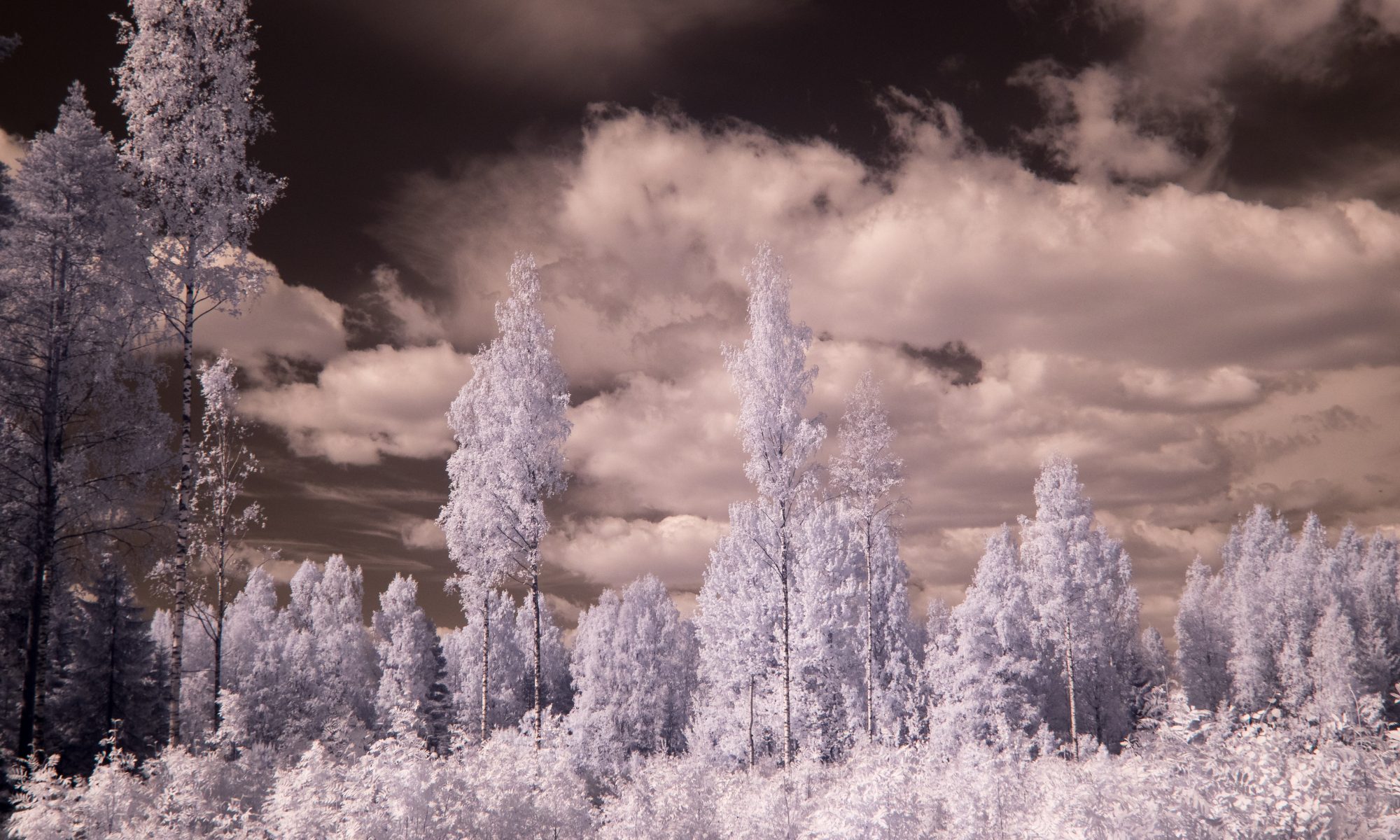Our new Maya 2000 Pro is back at Lasse Ylianttila’s lab for calibration with the new Bentham D7-H-SMA cosine diffuser. We will get it back soon. We have been in touch with Ocean Optics about the bad stray light performance. They think that one reason for this is that our instrument has the HC-1 grating with a very wide spectral measuring range of 200 to 1100 nm. For our planned measurements we do need a range of at least 250 to 900 nm, but they think that UV-B performance would have been better with a grating with the upper limit at 650 nm. The problem can be overcome by measuring the stray light using an UV blocking filter, but this adds one more step to each measurement. As we do need to measure both UV and visible radiation probably there would not be any better instrument available, at least from Ocean Optics, for doing our measurements. However, for measuring UV-B alone this is not the handiest instrument.
We expect to start using the Maya in a few weeks time to measure sunlight outdoors and in greenhouses, and later on within plant canopies. Measuring spectra and temporal variation of light quality within canopies could be an interesting MSc thesis project. Please, contact me if you are interested.
